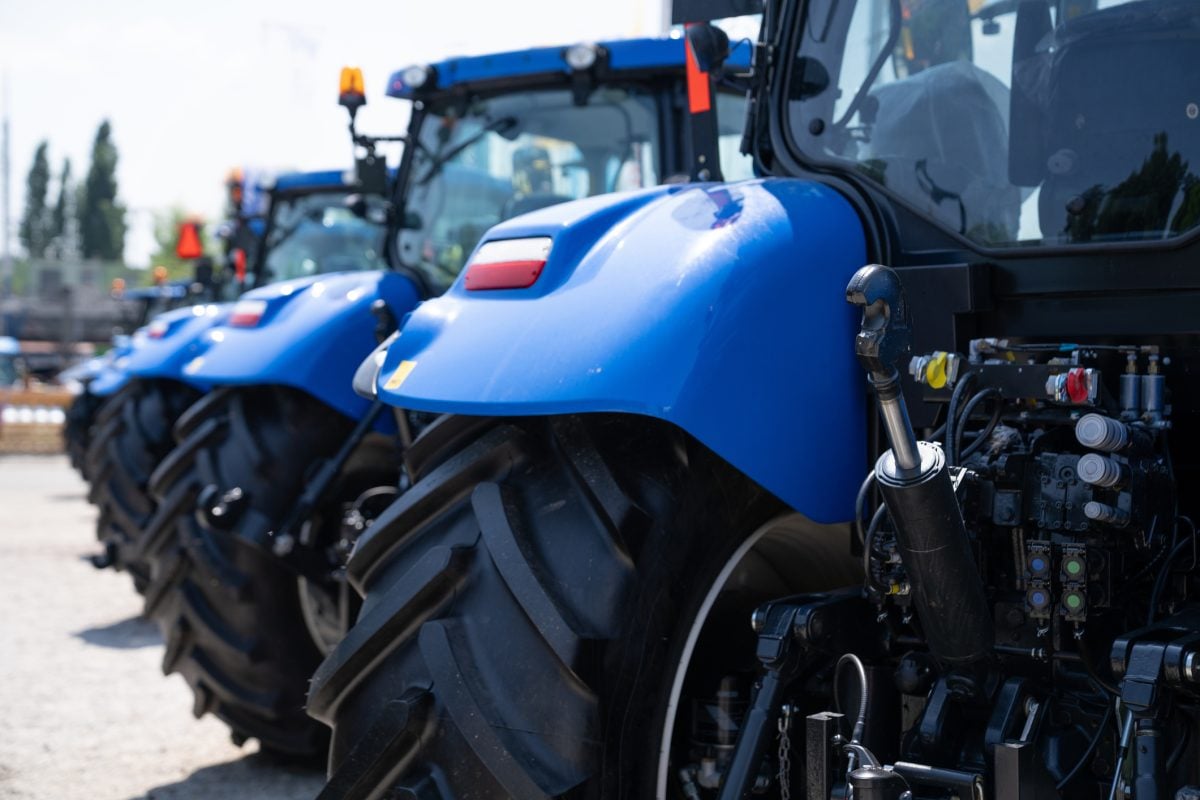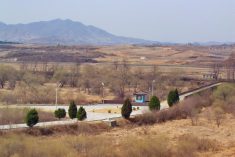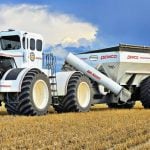Statistics show slightly lower costs for fertilizer, fuel and cattle and calf purchases in 2016, against higher crop sales and program payments, led to a rise in realized net farm income last year.
Statistics Canada on Wednesday released data showing Canadian producers’ realized net farm income — the difference between cash receipts and operating expenses, minus depreciation, plus income in kind — rose 7.6 per cent in 2016, to $8.8 billion.
Realized net income by province grew in Prince Edward Island, New Brunswick, Ontario, Manitoba, Alberta and, most significantly, Quebec, StatsCan said.
Read Also

Association of Equipment Manufacturers sets up lobby in Ottawa
The Association of Equipment Manufacturers, an organization representing North America’s agriculture and construction equipment makers, is setting up an office in Ottawa.
Farm cash receipts — receipts from crop and livestock sales, plus program payments — rose just 0.5 per cent in 2016, to $60 billion, marking the smallest such increase since receipts last declined, in 2010.
Quebec’s receipts rose 6.5 per cent, followed by New Brunswick (up 4.5 per cent), Prince Edward Island (2.1), Manitoba (2), Ontario (1.3) and Newfoundland and Labrador (0.1), while Saskatchewan and British Columbia each saw a 2.5 per cent decrease.
Market receipts — income from sales of crops and livestock — remained flat at $57.6 billion, as declining livestock receipts (cattle/calves down 17.2 per cent, hogs down 3.2 per cent) offset rising crop receipts (canola up 15.1 per cent, dry peas up 67.6 per cent), StatsCan said.
In supply-managed sectors, dairy receipts were up 2.4 per cent despite a one per cent price drop, while poultry and egg receipts rose 2.9 and 8.3 per cent respectively, mainly on higher volumes.
Farm operating expenses (after rebates), meanwhile, decreased 0.9 per cent to $44.2 billion, for the first such decrease in six years.
The drop came largely from livestock purchase expenses (down 28.3 per cent) and lower bills for fertilizer (down 10.7 per cent) and machinery fuel (down 11.3 per cent), offset in part by interest expenses (up five per cent) and cash wages (up 2.8 per cent).
Alberta booked the largest decline in expenses at 2.8 per cent; Prince Edward Island, Ontario and Manitoba also reported lower expenses.
Program payments to farmers rose 13.8 per cent to $2.4 billion, mainly from provincial stabilization and private hail insurance.
Total net farm income — realized net income adjusted for changes in farmer-owned inventories of crops and livestock — rose by $1.2 billion nationwide in 2016, to $9.5 billion, mainly on rising stocks of wheat and lentils.
Prince Edward Island, Quebec, Saskatchewan and Alberta were the only provinces booking higher total net farm income. — AGCanada.com Network












